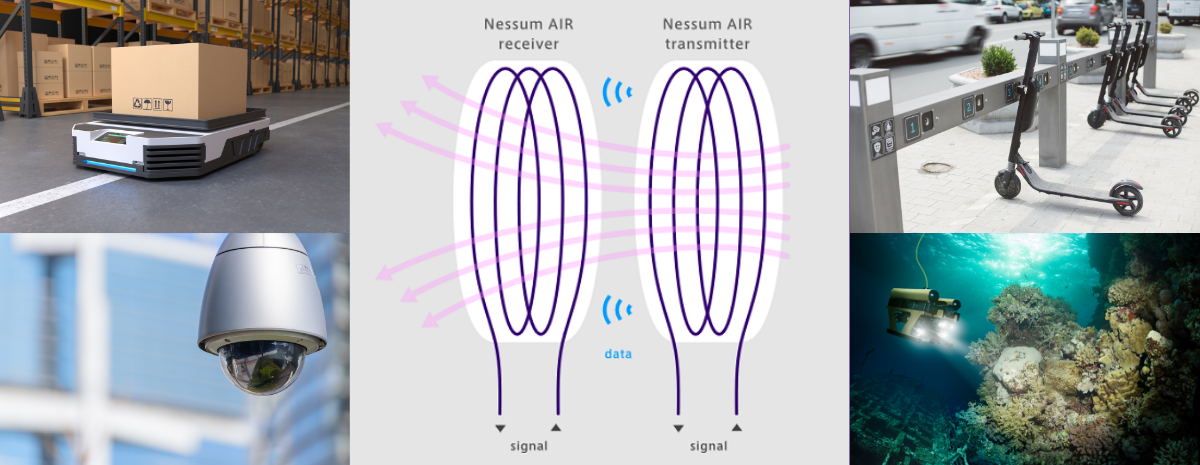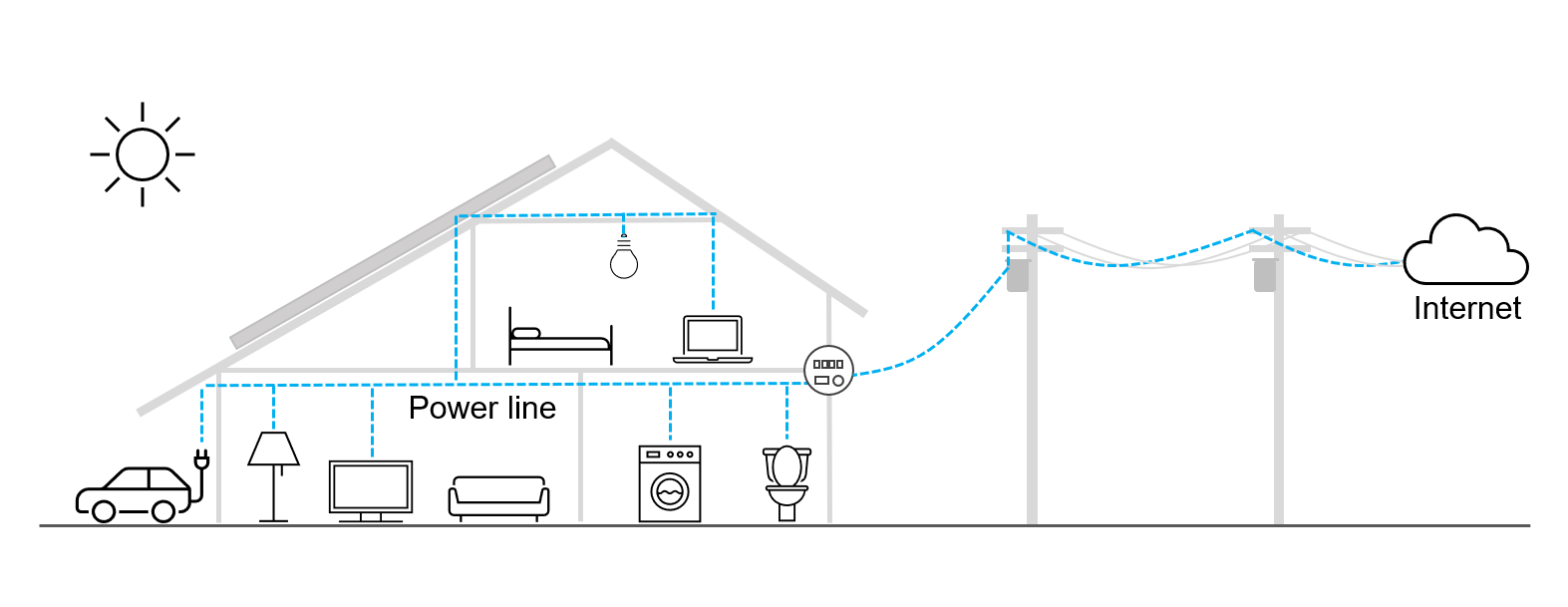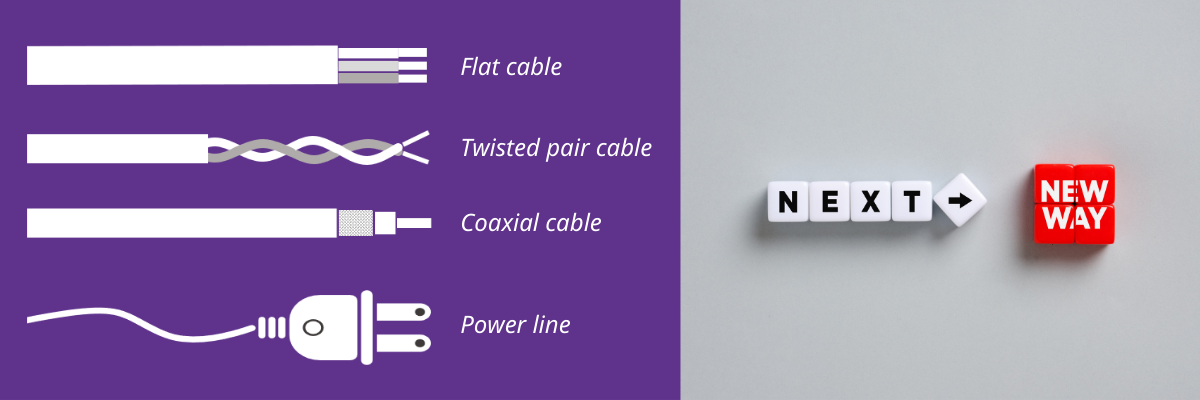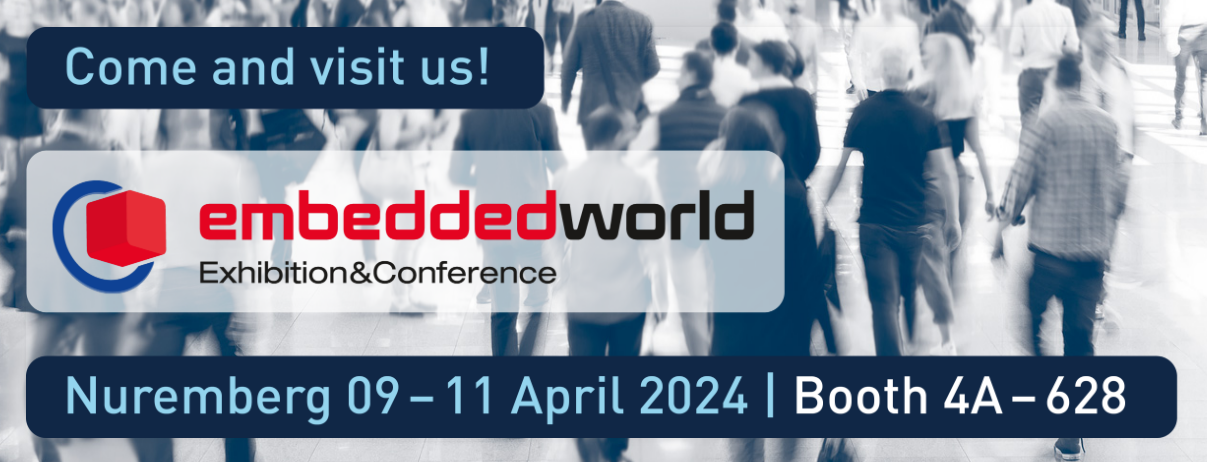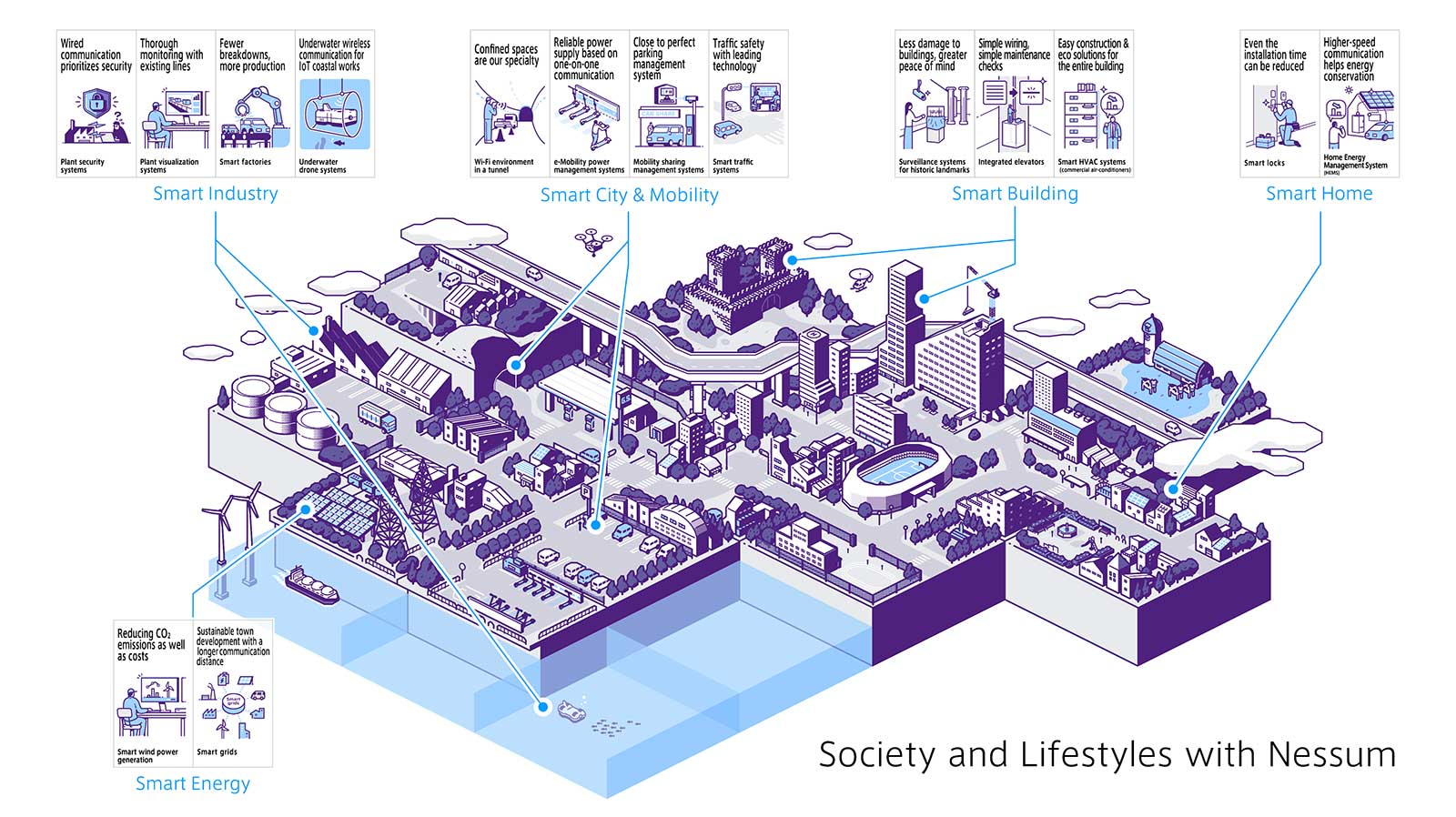Smart City Lighting: How LVX Global Applied HD-PLC Technology To Create Connected Light Poles
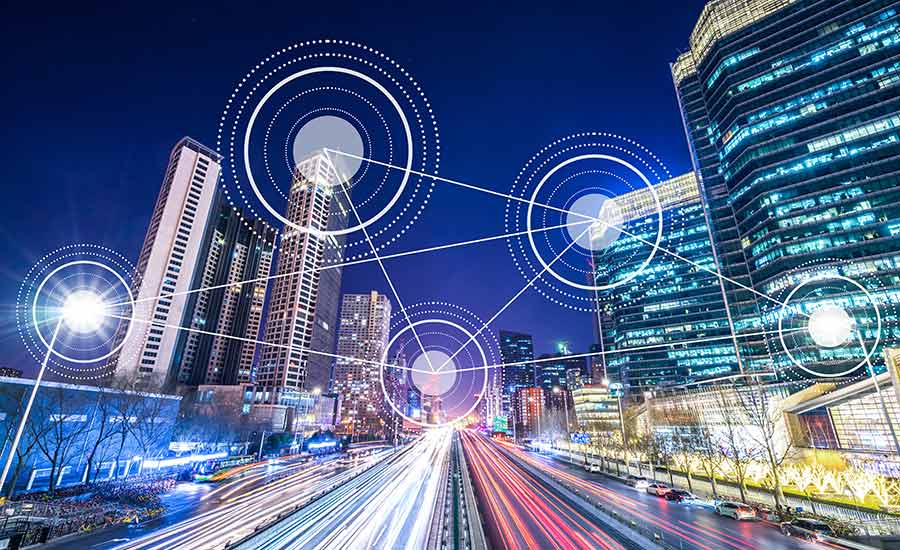
Building and maintaining a city lighting infrastructure often presents a dilemma: While sufficient street lighting is essential to the safety of drivers and pedestrians alike, construction and maintenance can be a significant investment.
One way that cities can boost their ROI in lighting infrastructure is to convert it into smart city lighting — an element of smart city infrastructure.
We’ll cover everything you need to know about smart city lighting, including the technology that commonly powers it, the drawbacks of this technology and why HD-PLC is the superior solution for smart city applications.
Interested in becoming a member of the HD-PLC Alliance?
What Is Smart City Lighting?
Smart city lighting is a common element of smart city infrastructure that integrates advanced telecommunication technology into regular street lights.
Before we can dive deeper into what smart city lighting is, we should cover the larger, more general concept that is smart city infrastructure.
A smart city utilizes various telecommunication and data processing technologies to create an infrastructure where different elements can communicate and share data.
Smart city infrastructure elements typically include:
- Smart grids
- Smart mobility systems, such as bicycle sharing networks or intelligent traffic management
- CCTV systems
- Smart waste management systems
Similarly, smart city lighting utilizes data processing and communication technologies with one or more of these goals:
- To improve the energy efficiency and the environmental footprint through solutions such as motion-controlled adaptive dimming or environmental monitoring equipment
- To offset repair and maintenance costs by renting out the connectivity capabilities of the smart light poles to third-party companies, whether for interactive ad banners or electric vehicle charging stations
- To boost the value that the lighting infrastructure brings to citizens through capabilities such as internet connectivity or device charging
The streetlighting infrastructure, such as light poles and cables, is usually owned by municipalities or other public organizations.
Adding Internet of Things-capable connectivity to this infrastructure elevates its functionality from simple lighting to an omnipresent communication network.
This gives the municipalities the opportunity to enhance the safety, convenience and tourism value of the city, while retaining public control and ownership of the network.
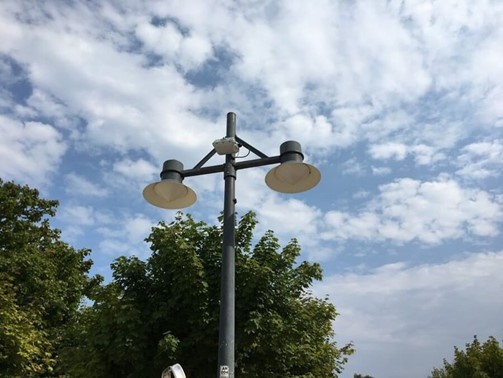
3 Technologies Commonly Used For Smart City Infrastructure
The three solutions that are most commonly used to create smart city lighting infrastructure are powerline communication (PLC), short-range radio communication (RF) and cellular networks.
Each of these communication standards is widely implemented in various smart city applications, and come with their respective advantages and disadvantages.
#1: Narrowband Powerline Communication (PLC)
Narrowband PLC networks are a relatively simple and reliable way to build a smart lighting infrastructure.
They utilize the same power lines that power the street lights to transfer data, which means that they don’t require investments into additional wiring.
However, regular PLC networks have a limited maximum range of around 1,200 meters and are only capable of data transfer speeds of up to 78kbps.
This means that smart lighting infrastructure built on a powerline communication network is difficult to integrate into a larger smart city infrastructure. This makes it unsuitable for connectivity applications that require a high data transfer rate, such as a network of Wi-Fi hotspots.
#2: Radio Communication (RF)
RF-based smart city networks rely on radio frequencies for communication between their different elements.
In an RF network, the smart light poles are equipped with radio signal transmitters that are configured and arranged in a mesh topology. Individual communication nodes are simultaneously connected to as many other nodes as possible.
In theory, the more nodes there are in a single mesh network, the larger the range of this network could be. With powerful equipment, a long-range RF mesh network can cover dozens of kilometers — but such setups would be excessive for a smart city application due to their prohibitive cost and large power supply requirements.
Instead, smart lighting networks are often arranged in short-range mesh networks that can only cover relatively modest distances of up to 500 meters.
Moreover, even though the technology behind RF mesh networks is quite simple, building an actual mesh network for a smart lighting infrastructure requires considerable investments into individual RF transmitters and gateways.
#3: Cellular Networks
As their name suggests, cellular-powered setups rely on cellular networks to enable smart city connectivity.
In such setups, the infrastructural elements, such as the light poles or control units, are equipped with cellular models that support 3G, 4G or even 5G networks where this communication standard is available.
All data transfer occurs over the cellular network, which translates to a theoretically unlimited range and extremely high transfer rates of tens, if not hundreds of megabits per second.
While cellular networks might seem like a perfect solution for smart city infrastructure, they have a considerable caveat: Most commercially-available cellular infrastructure is operated by private companies, which often charge high prices for industrial-grade data connectivity.
Ready to build your own HD-PLC network?
Advantages Of HD-PLC For Smart City Applications
HD-PLC is an international standard of high-frequency, broadband powerline communication. It serves as an effective solution for smart city and smart lighting infrastructure, because it combines the benefits of other common communication standards while reducing the drawbacks.
Here are the benefits of HD-PLC compared to the three solutions we described above:
- Higher data rate and wider range than narrowband PLC: Unlike narrowband PLC, HD-PLC utilizes a unique Wavelet-OFDM modulation protocol and can be set up using the multi-hop method. These features allow the HD-PLC network to reach a theoretical data transmission rate of 240Mbps and cover distances of up to 10 kilometers.
- More cost-effective than RF and cellular solutions: Unlike mesh or cellular networks, HD-PLC requires little investment into additional equipment, as the data can be transmitted over the same power lines that supply electricity to lamp poles. Additionally, HD-PLC connectivity does not command high data charges, which is the case with cellular-based networks.
- More accessible than either of the other solutions: HD-PLC is an open international communication standard — which means that the hardware solutions available to customers are not only plentiful, but also interconnective. This allows for greater budget flexibility and easier maintenance of a smart city network build with HD-PLC.
Ready to build your own smart city infrastructure?
How LVX Global Implemented HD-PLC For Smart City Lighting
A provider of Internet of Things (IoT) and smart city services and solutions, LVX Global turned to HD-PLC to create several examples of advanced smart city lighting infrastructure with added functionality.
Their goal was to enhance the street lighting infrastructure with additional data-related services and high-speed communication for control of functionality, such as adaptive dimming and intelligent traffic monitoring.
The Solution
LVX Global developed a custom solution for smart lighting application — LVX iPC-HD.
It is an ISO/IEC 14908 standardized street lighting controller that uses the LON HD-PLC (ANSI/CTA 709.8 and EN 14908-8) protocol to communicate with high speed over long distances.
The main output of the controller is an Ethernet port that can be used to connect additional devices to the network, such as:
- Wi-Fi access points
- CCTV
- Edge gateways
- Parking space control
- Digital signage
The street light control itself is implemented using an edge controller, which supports both automatic scheduling and manual operation through cloud communication.
Use Case #1: Public Wi-Fi
A small tourist village, located on the German coast of the Baltic Sea, was experiencing poor 4G and 5G coverage, making a mobile internet connection largely unavailable in many coastal areas.
The city council decided to use HD-PLC connected smart street lights along the embankment. This allowed Wi-Fi access points to be installed close to the sea to improve the social and tourist appeal of the area.
A similar solution was implemented in a small German town in Saxony close to the Czech border, where mobile internet access was equally poor in many areas. Once again, LVX Global implemented HD-PLC powered streetlight controllers that supported Wi-Fi access points.
HD-PLC excelled in both use cases, with its reliable connectivity and multi-hop technology, allowing high-speed data transfer even on old cables.
Despite the far-reaching multi-hop setup due to the large coverage area and the signal attenuation due to poor cable quality, the PHY rate for most connections exceeded 80 Mbps.
This provided both lighting infrastructures with a sufficient data rate for IoT-related services.
Use Case #2: High-Speed Connectivity
The LED Catwalk at the Technical University of Berlin is a lighthouse project that displays the capabilities of high-end light controls for energy saving and IoT functionality.
The purpose of the project is to showcase the possibilities of advanced smart street light equipment to municipalities and schools.
The project covers an area of over 1,500m with 70 iPC-HD controllers responsible for several LED ballasts. The main requirement of the project was to control the status and color of a light in 10 milliseconds. This commanded a high-speed communication system, capable of transferring data over long distances — a benefit of HD-PLC.

Wrapping Up On Smart City Lighting & HD-PLC
With LON and LON over HD-PLC (ISO/IEC 14908 or ANSI/CTA 709 series), LVX Global is setting a common standard for smart outdoor lighting.
With the open international standard that is HD-PLC, customers are not dependent on a single solution or locked into a proprietary vendor-specific technology.
As such, HD-PLC helps shorten the long innovation cycles in smart street light infrastructure and the long lifecycle requirement for public installations by providing a reliable, stable and future proof solution.
